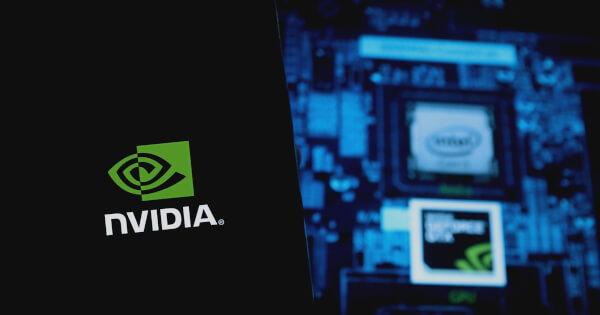Peter Zhang
Oct 13, 2024 02:11
At the NVIDIA AI Summit held in Washington D.C., experts examined the safety benchmarks and technological advancements that are defining the future of self-driving vehicles.

The self-driving vehicle industry is witnessing swift technological progress coupled with an increasing demand for standardized safety protocols. This topic was a central theme at the NVIDIA AI Summit in Washington, D.C., where industry experts came together to deliberate on the dynamic safety environment surrounding autonomous vehicles (AVs), as reported by NVIDIA Blog.
Insights on Regulation and Technology
Danny Shapiro, NVIDIA’s vice president of automotive, facilitated discussions with prominent individuals such as Mark Rosekind, former administrator of the National Highway Traffic Safety Administration, and Marco Pavone, who directs AV research at NVIDIA. Shapiro underscored the urgent need to enhance road safety, highlighting human error as a major contributor to traffic accidents.
NVIDIA’s approach to AV development revolves around the integration of three essential computing systems: one dedicated to AI training, another for simulation, and a third for processing real-time data within the vehicle. These elements collaborate to consistently bolster both safety and performance.
Innovative Tools and Simulation Technologies
Marco Pavone emphasized the significance of cutting-edge technologies like generative AI and neural rendering in the evolution of AVs. These advancements support the creation of intricate simulations, allowing developers to rigorously evaluate AVs across a wide range of difficult scenarios.
A noteworthy announcement during the summit was the collaboration between MITRE and Mcity at the University of Michigan. This initiative aims to establish a comprehensive validation platform for AVs, merging Mcity’s simulation capabilities with NVIDIA Omniverse Cloud Sensor RTX applications to create a robust testing environment.
The Role of Simulation
Simulation technology is essential in the testing of AVs, permitting the secure and repeatable assessment of vehicles across diverse situations. Shapiro highlighted the advantages of simulation in terms of controllability and repeatability, which allows for the manipulation of factors like weather and time, ensuring that AV software undergoes exhaustive testing.
The session wrapped up with a unified objective among industry leaders and regulatory bodies: to significantly minimize road casualties and injuries through advanced self-driving technologies.
Image source: Shutterstock








